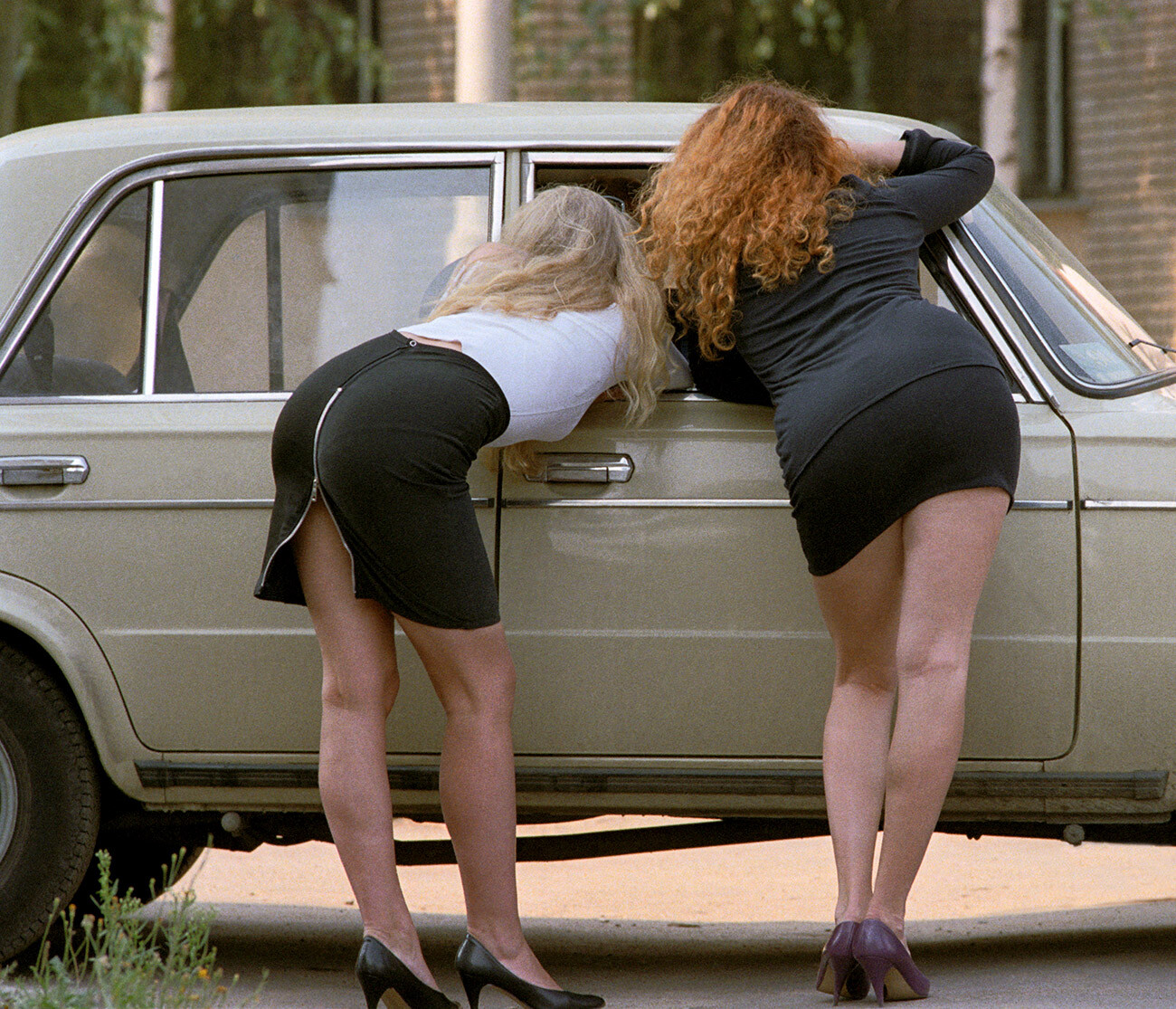

October 02, 1993. Political crisis In Moscow, Russia. Barricades on Moscow ring road set up by anti-Yeltsin demonstrators.
Frederique LENGAIGNE/Gamma-Rapho via Getty ImagesThe popular term refers to a period of Russian history that started with the collapse of the Soviet Union in 1991 and lasted until the very end of the 1990s. In general, this period was characterized by massive shifts in political, social and economic policies of the state which together had a great impact on the lives of the Russian people as a whole.
The changes were so rapid and pervasive that millions of people failed to properly adapt to the new conditions. Others, on the contrary, were able to capitalize on opportunities that had not existed only a few years ago. In short, the period from 1991 to 1999 meant impoverishment and hopelessness for millions of unfortunate Russians, but also a golden opportunity for those who were able to quickly adapt to the new era.

When the inefficient Soviet system collapsed in 1991, the new Russian government faced a tremendous task: how to transform the old Soviet political and economic system into a modern one.
The government appointed by the first president of Russia Boris Yeltsin had a solution. They proposed liberalization and market reforms of the socialist economy. In a nutshell, the government planned to cease all control over the economy: liberalize prices, drastically reduce a state share in the economy, initiate privatization of state assets, reduce state expenditures and, essentially, let people make money for themselves.
In practice, however, these measures had many negative consequences. For one, the liberalization of prices led to uncontrolled inflation, which devalued most people’s savings overnight.
A typical story of the era was that money people had been saving for a car was merely enough to buy a winter coat or a similar relatively cheap item. In addition, many enterprises just stopped paying salaries to workers. Cornered by the overwhelming circumstances, people had no choice but to find a way out. This was where the “wild” part came into play.

Prostitutes on the streets of Moscow.
Valery Khristoforov/TASSThe liberalization of the economy and open borders opened plenty of opportunities for making business. Besides, the new Russian government legalized private business that was outlawed in the USSR.
Many people ventured into this sphere hoping to realize the opportunity of a lifetime. And many were able to make it big. However, there was a problem: the weak state could not provide proper protection and rule of law that were required for businessmen to operate without fear of losing everything overnight.
Indeed, many lost their successful businesses to criminal gangs that sought to exploit the rich, but unprotected, entrepreneurs to maximize their own income. Criminal groups raided businesses and forcefully took them over from previous owners.
Fearing losing their assets, businessmen willingly asked organized crime for protection in return for regular payments. Oftentimes, the interests of various gangs clashed causing violent clashes on the streets of most Russian cities.
People made fortunes and died in the blink of an eye. This unpredictability and chaos are prime reasons for calling the 1990s in Russia “wild”.

In these circumstances, contract killings and assassinations became widespread. In addition to elite hitmen of the era that made a name for themselves by killing dozens of people throughout their careers, plenty of ordinary people made the dishonorable act of contract killing their profession.
“Kill or be killed” became a guiding principle for many entrepreneurs and gangsters in the state of lawlessness that ensued after the collapse of the Soviet Union. Anyone who was fortunate enough to make a good living in the 1990s in Russia was walking with a metaphorical target on their back.
To understand the scale of it, some 32,000 homicide cases were opened every year in Russia in the 1990s; up to 1,500 of them were contract killings. Society was divided into the “hunters” and the “prey”, making brute force and self-interest the only way to make money and survive.
Petty crime among teenagers was also widespread, providing a breeding ground for some of them to turn into serious criminals in a few years’ time.
In addition to this, fraudulent schemes like ‘MMM’ were harming the financially unsophisticated population, who blindly invested in Ponzi schemes and lost their savings in no time.

Surprisingly, there were some positive aspects to the ‘wild 1990s’, as well. Mainly, people had a breath of fresh air after the suffocating era of stagnation in the USSR. Suddenly, censorship was gone and people had an opportunity to watch Brazilian and Mexican soap operas, while children got a taste for American cartoons for the first time.
Foreign goods like jeans, chewing gums, Dendy, Sega, Lego, Barbie and other foreign brands became available, albeit expensive. Hollywood movies with nasal voice-over translations became the hallmark of the 1990s in Russia for many people.
Globally, the 1990s brought an unprecedented level of political freedom and democracy unseen in the Soviet Union. This was the time when the free press was gaining momentum in Russia and people had a genuine opportunity to exercise their right to choose their representatives as well as to protest against policies they disagreed with, which were, to say the least, many.
In spite of all the negative aspects of the “Wild 1990s” in Russia, there are many people who remember this period with nostalgia.
Dear readers,
Our website and social media accounts are under threat of being restricted or banned, due to the current circumstances. So, to keep up with our latest content, simply do the following:
If using any of Russia Beyond's content, partly or in full, always provide an active hyperlink to the original material.
Subscribe
to our newsletter!
Get the week's best stories straight to your inbox